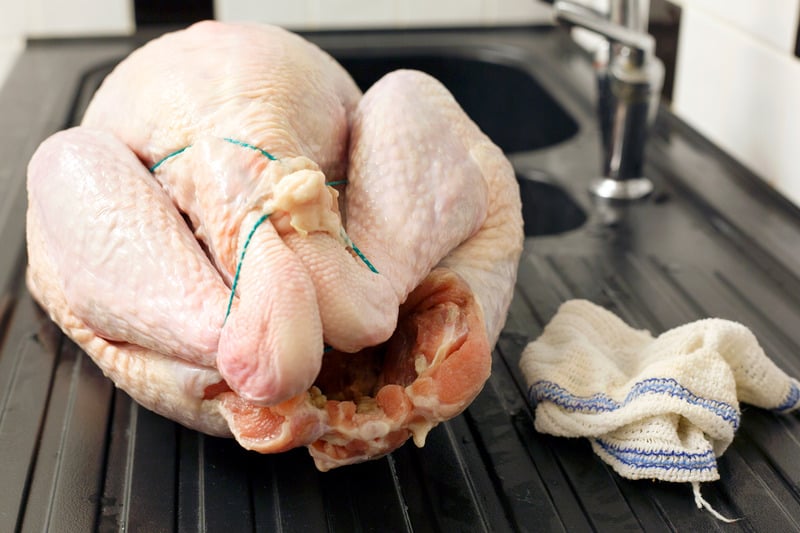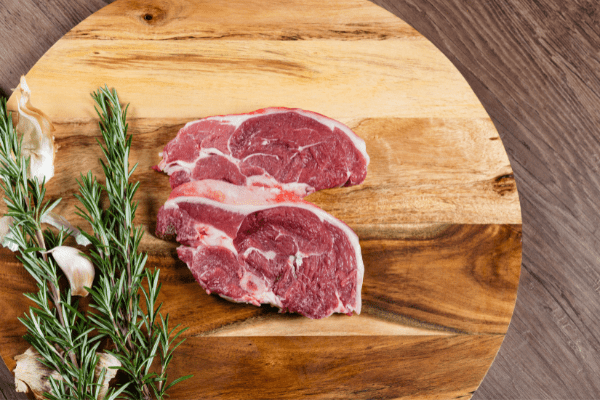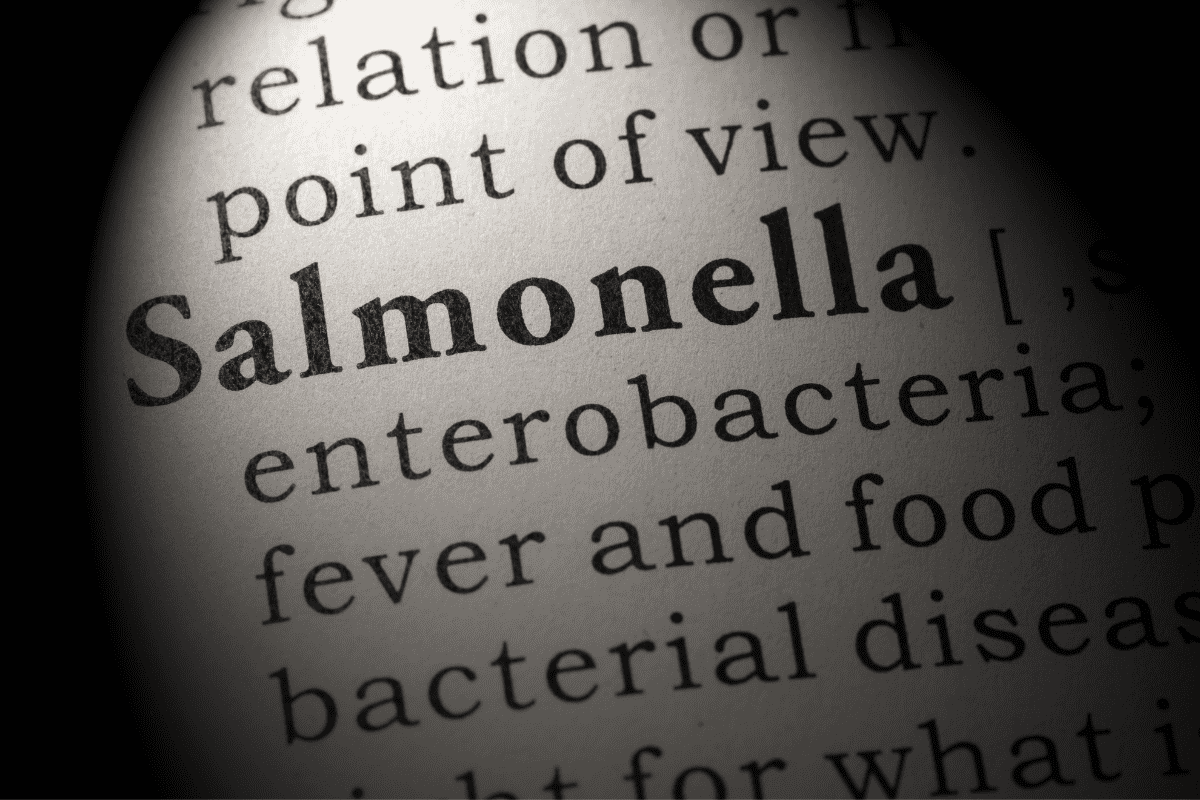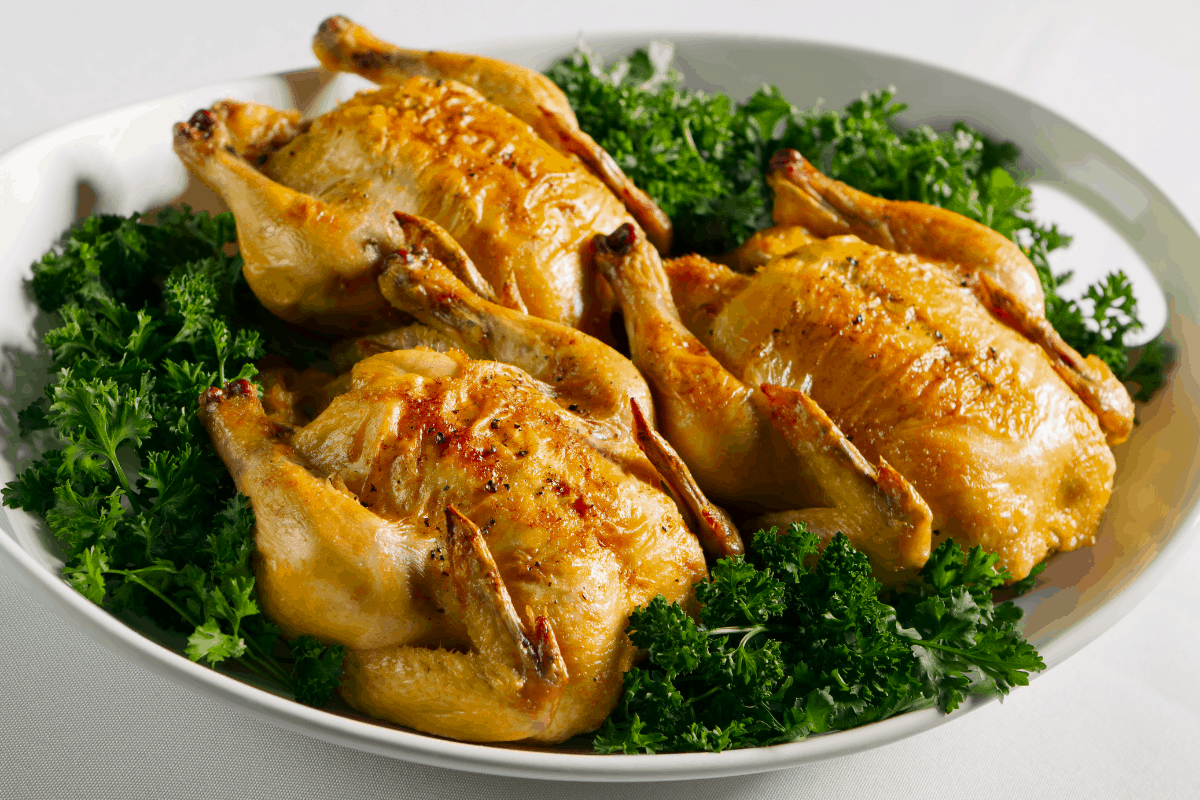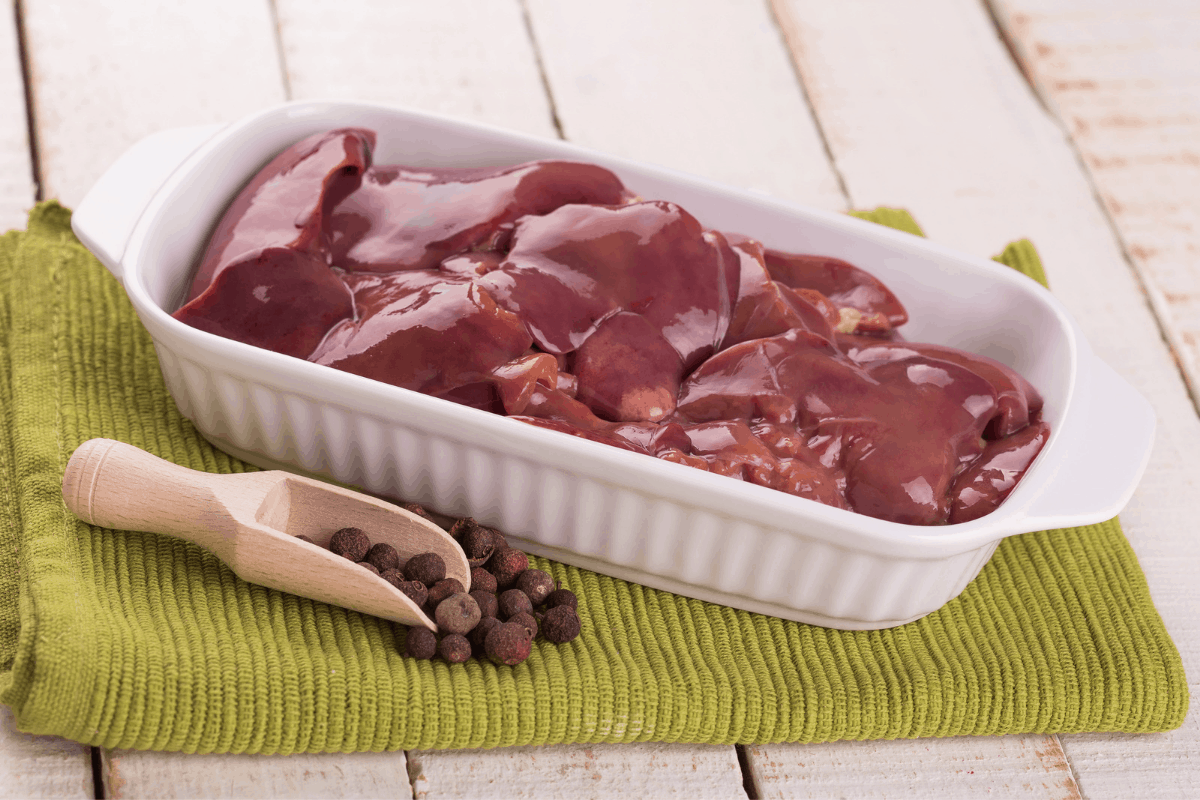We have all been the victim of food mold! You want to make a sandwich and the bread has blue spots on it, or the the cheese has furry edges. Maybe those Strawberries you were saving have now gone soft and grown white fur.
This is frustrating and leaves us asking -Can I eat it anyway?
So Is It Safe To Eat Food Mold? Unless the mold is present as part of the food processing, such as in blue veined cheese, it is generally not considered safe to eat moldy food. Although small amounts are relatively harmless to most healthy adults, the mold can cause some health problems such as respiratory issues, allergies, and can sometimes leads to more serious health complications.
This article will look at what causes the mold to grow, how to slow down the process, and whether or not it is safe to eat that moldy food.
What is food mold?
It’s a type of fungus that can cause food to spoil and become unsafe to eat. It can also lead to a variety of health problems. There are many things you can do to prevent food mold from growing, but it’s important to remember that mold spores are present in the air and it’s impossible to completely avoid them. If you do find evidence of food mold, be sure to throw the food away.
What causes food mold to grow?
There are many factors that can contribute to the growth of food mold.
The most common reasons include:
-Improper storage (e.g., storing food in a warm, moist environment)
-Exposure to moisture (e.g., washing fruits and vegetables before eating them)
-Incorrect food preparation (e.g., not cooking meat properly)
-Damaged packaging
-Poor hygiene habits
What are the risks associated with food mold?
We have all probably eaten some mold on our food at some point, and not even known it. That little blue fuzzy dot hiding on the crust of bread that we didn’t see until after we have eaten half the sandwich.
Well don’t worry, in most cases, there will be no ill effects from doing this.
However in some instances, eating food mold can cause a variety of health problems, including:
- respiratory problems
- skin allergies
- digestive issues
And in extremely rare instances, it can also lead to more serious conditions such as meningitis, pneumonia, and even death.
How can I prevent food mold from growing?
There are several things you can do to prevent food mold from growing in your home. Some of the most effective tips include:
-Store food in a cool, dry place
-Wash fruits and vegetables thoroughly before eating them
-Cook meat properly
-Avoid eating food that has been damaged or is past its expiration date
-Practice good hygiene habits
-Regularly clean your refrigerator and pantry shelves
-Use airtight containers to store food

Does Freezing Kill Food Mold?
No, home freezing will not kill food mold, but will make the spores become dormant. It’s important to note that the freezer won’t get rid of of the spores, and once the food starts to thaw, the spores will become active again and mold will appear.
If your food is showing signs of mold, freezing it will not make if safe to eat. Please throw it away and do not take the risk of eating it.
Any non moldy food that you freeze should be defrosted in a temperature controlled environment, such as the refrigerator, and be sure to use the food within a day or two of defrosting.
Again, if mold apprears prior to using it, throw it out!
Can I Eat Food That Has Gone Moldy?
No, it’s not safe to eat food that has gone moldy*.
Mold can cause a variety of health problems, including respiratory problems, skin allergies, and digestive issues.
It can also lead to more serious conditions such as meningitis, pneumonia, and even death. If you find evidence of food mold, be sure to discard the food immediately.
*There may be the odd occasion that you can salvage some of the spoiled food. Read the next paragraph for details.
What About Moldy Meat That Has Been Hanging?
When meat has been hung to ‘Age’, it is usually ‘Dry’ aged in a dedicated temperature and moisture controlled cabinet. This allows a dry crust to form around the meat rather than mold. However there may be some evidence of mold developing during the process.
When it has reached the age where it is to be sold, the butcher will cut deep into the flesh of the meat to remove all of the dry crust and contaminated meat.
This is why only large cuts of meat are generally left to ‘hang’ for any length of time, and why the cost of aged meat is much more expensive than fresh. All that meat that has been contaminated and cut away has to be paid for in the price of what remains to be sold.

Can I Cut Off Moldy Bits of Food and Still Eat The Good Parts?
In most instances the answer is No, it’s not safe to eat food that has been contaminated with mold as the roots of the mold will have penetrated deeper into the food than the eye can see.
Soft foods such as fruits, bread, jams etc will allow the mold roots to penetrate much deeper and faster than harder foods and so it is advised that you throw away any of these soft food types as soon as you see mold develop.
However, on some harder food groups such as hard cheeses, root vegetables and salami’s etc, there are some instances where you may be able to salvage some of the product.
If the mold is only in one area of the hard food item, and you have enough to cut at least an inch away from the moldy part, then you can do this and still use the unspoiled part that remains.
But Some Foods Are Sold With Mold In Them!
It is true that many foods such as certain cheeses are sold with veins of mold growing through them. Blue Stilton is a prime example.
These foods are prepared with molds that area are actually beneficial to us, and are meant to be part of the product.
However, if you find mold growing on these food types that are not part of the manufacturing mold, then be sure to throw the food away as these will be the more dangerous spores.

Will I Die If I Eat Moldy Food?
It’s not likely that you will die from eating a litlle bit of mold, and you’re probably not going to get sick either, unless you have a weakened immune system or underlying health problems.
We’ve all probably eaten mold at sometime either intentionally or unintentionally, and not felt any ill effects from it. However, that doesn’t mean you want to temp fate too often.
If you realise you have eaten some moldy food and start to feel unwell, then it is advised to seek medical advice. However, in most cases you will not see any difference.
Wherever possible, avoid the risk by throwing away any spoiled foods.

